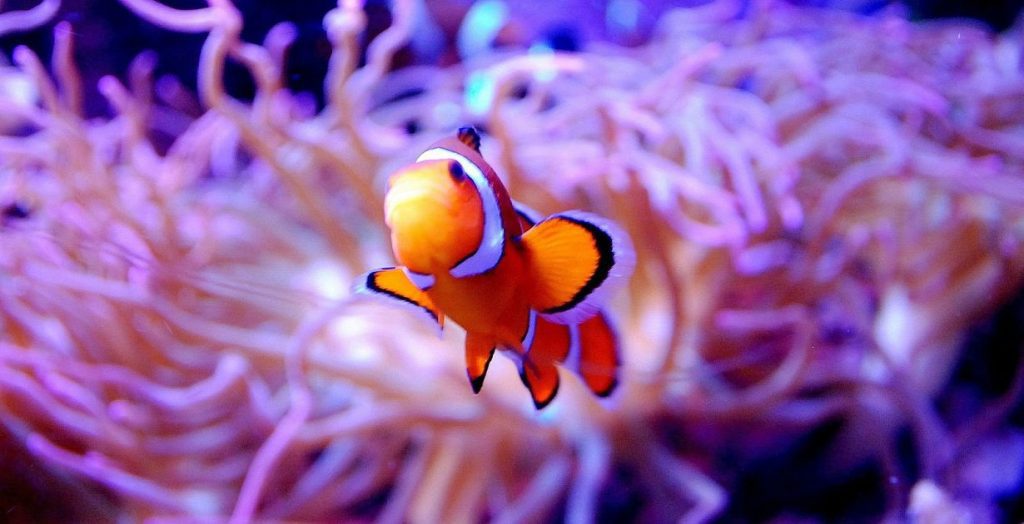Australia has reported a sudden return of corals to the threatened Great Barrier Reef: Thanks to a fast-growing hard coral species, the northern and central parts of the UNESCO World Heritage site have recovered from damage faster than expected, according to a report in The Australian. Governmental Thursday Institute of Marine Sciences. However, experts caution against being overly optimistic.
Coral growth in parts of the reef increased last year at a rate not seen since the monitoring program began 36 years ago, according to the report. The institute attributed the pollution primarily to the hard coral species Acropora, which grows very quickly under good conditions.

Coral reefs can still recover.
– © Ernest Ojeh / Unsplash
a little encouragement
However, the further south the ISI team went, the less encouraging the picture: there were already much fewer new corals in the middle, and vegetation decreased in the south.
The president of the Marine Science Institute, Paul Hardesty, said the results of their observations showed “corals are still able to recover in times without serious disruption.” However, he does not want to talk about a trend reversal. Hurricanes, new coral bleaching, and an increased incidence of coral-eating crown-of-thorns starfish can quickly wipe out successes.
new bleaching
In particular, the case in the southern part of the more than 2,300-kilometer-long reef, which appears to have been recovering a year ago, shows “the extent to which the reef is vulnerable to acute and severe disturbance,” Hardesty said. However, these “occur more and more and last longer”.
Corals are living organisms, and their calcareous structures also serve as habitats for many other animals and plants. The Great Barrier Reef is home to about 1,500 species of fish and 4,000 species of mollusks. It consists of about 2,500 different coral reefs and more than 900 islands.
For decades, the world’s largest coral reefs have suffered from frequent “bleaching” caused by warming oceans. The corals then stress and shed the colorful algae that live inside them. Bleached corals are still alive and able to recover, but as the level of bleaching increases, the mortality rate also increases. The spread of crown-of-thorns starfish, which kills coral, also has serious consequences.
Endangered natural paradise
Many experts fear that coral reefs could be completely destroyed by accelerated damage. Thus, they were skeptical about the new report.
Marine scientist Terry Hughes welcomed the “good news” that coral reefs are growing again. He explained that the species responsible for recovery are highly vulnerable to rising ocean temperatures. Hughes also believes that it is almost impossible to replace the large, old, slow-growing reefs that made reefs a natural paradise.
“hidden losses”
Curtin University coral researcher Zoe Richards also warned against overconfidence. “This recovery trend is driven by a few Acropora species,” she said. But the next heat wave could wipe out coral reefs again.
There is already evidence that any “mass bleaching leads to the localized extinction of rare species,” Richards said. These “hidden losses in biodiversity” will only be obliterated by the “short-term success of a handful of fast-growing coral species”. (Abba)

“Food practitioner. Bacon guru. Infuriatingly humble zombie enthusiast. Total student.”








More Stories
Kyiv: Russian Kursk offensive halted
US Presidential Election: Former US Government Officials Warn Against Donald Trump's Election
Netherlands wants to leave asylum system